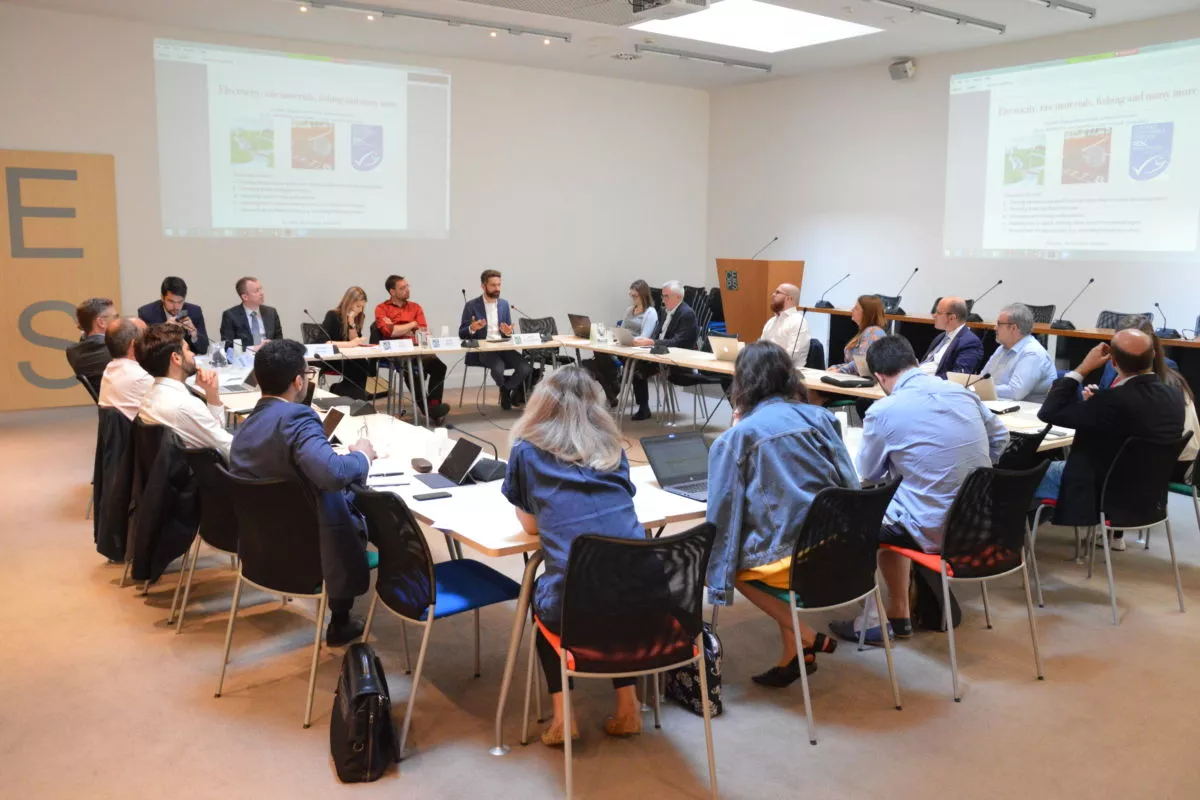Distributed Ledger Technologies (DLTs) have become extremely popular, and are being tested by governments, academics and industry in view of a future that promises more efficiency, less intermediation, better service at higher speed with less problems, and new, innovative decentralised services. Originally designed to back cryptocurrencies such as bitcoin, distributed ledger architectures have proliferated and evolved, permeating many sectors of the economy, and attracting the attention of many stakeholders. The Task Force will address, inter alia, whether the EU project can really benefit from a widespread investment in DLTs and in which sectors do DLTs offer the greatest return.
The attractiveness of blockchain and DLTs lies in their potential to implement “the internet of value” – i.e. a network that implements a decentralised, shared ledger where value can live and be transacted, in comparison with today’s internet networks that “only” implement decentralised communications between individually trusted parties. This construct enables powerful, secure and interactive applications that are natively digital, where the business logic is transparent to and verifiable by all the parties involved, and where transactions settle with complete finality in a matter of seconds, immutably and irreversibly – and without the need of individually trusted authorities, therefore not dependent on single points of failure. The system is also very efficient and makes distributed applications easy to implement, since it avoids the need to connect directly the large, critical and expensive systems deployed in today’s enterprises, and does need hugely complex cybersecurity nor resiliency measures because of the use of cryptography and hyper-replication. It also provides high degrees of transparency, auditability and regulation. Applications are endless, and span across many types and industry sectors: from finance to energy, telecoms or health care; from retail to wholesale; from SMEs to large multinationals and public administration – plus combinations of all of the above.
In the case of the European Union, all this is particularly important, since a decentralised technology like this mimics particularly well the decentralised nature of the EU’s political and economic structure. And so, it is possible to imagine a blockchain platform at the pan-EU scale, with transactions occurring in real time and with no intermediaries, in a way that would make the (Digital) Single Market work seamlessly, without a centralised, delegated governance body, yet avoiding much of the fragmentation that currently hinders its functioning. Smart contracts and DLTs could become a solution to many of the current problems faced by the Digital Single Market, including copyright enforcement, undesirable geo-blocking and other forms of end-user discrimination, thanks to a number of features, including autonomy, trust, redundancy, safety, speed, cost-effectiveness, accuracy and transparency.
Can the EU project really benefit from a widespread investment in DLTs? In what sectors are DLTs most promising? What governance structures are needed to ensure stability, scalability and universal access? What coopetition frameworks can be put in place to execute such governance structure? What regulatory changes and spending programmes would need to be introduced to fully unleash the potential of DLTs? What would be a feasible time horizon for such changes?
Rapporteurs: Andrea Renda, Senior Research Fellow, CEPS; Sylvain Bouyon, Head of Fintech and Retail Finance, CEPS
Chairman: Eva Kaili, Member of the European Parliament
Meetings:
1st Meeting – Topic: Understanding DLTs: challenges and opportunities (24 May, 11.00-14.00) – Agenda
2nd Meeting – Topic: Blockchain and DLTs in public and commercial services: case studies (27 June, 10.00-16.00) – Agenda
3rd Meeting – Topic: Scalability of DLTs in the Single Market
4th Meeting – Presentation and discussion of the Final Report
How to join
Download the Prospectus, consult the conditions for participation, fill in the application form and return it to Ada Modzelewska.
For further questions, please do not hesitate to contact Andrea Renda, Associate Senior Research Fellow, CEPS by email at: [email protected] or Sylvain Bouyon, Research Fellow, CEPS, by email at [email protected].

































